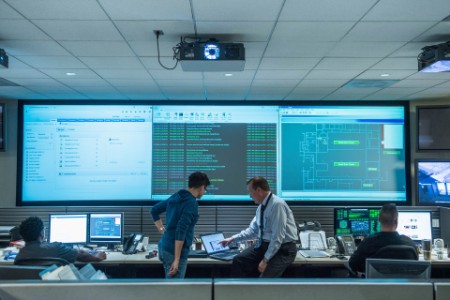Newsletters EY Belgium
Subscribe to one of our newsletters and stay up to date of our latest news, insights, events or more.
Summary
IT leaders might be disregarding the added value of tangible actions towards the Next and Beyond of COVID-19, mainly due to the uncertainty of what tomorrow will look like. But the desired future can only be attained through decisions taken now. And though it is difficult to make these decisions, if they are not made now, the window of opportunity will close and ‘difficult’ will turn into ‘impossible’, especially in this rapidly changing environment. It is therefore crucial that IT leaders undertake a set of actions immediately to reduce the impact of the crisis and to ensure the ability to support the future direction of their company.



